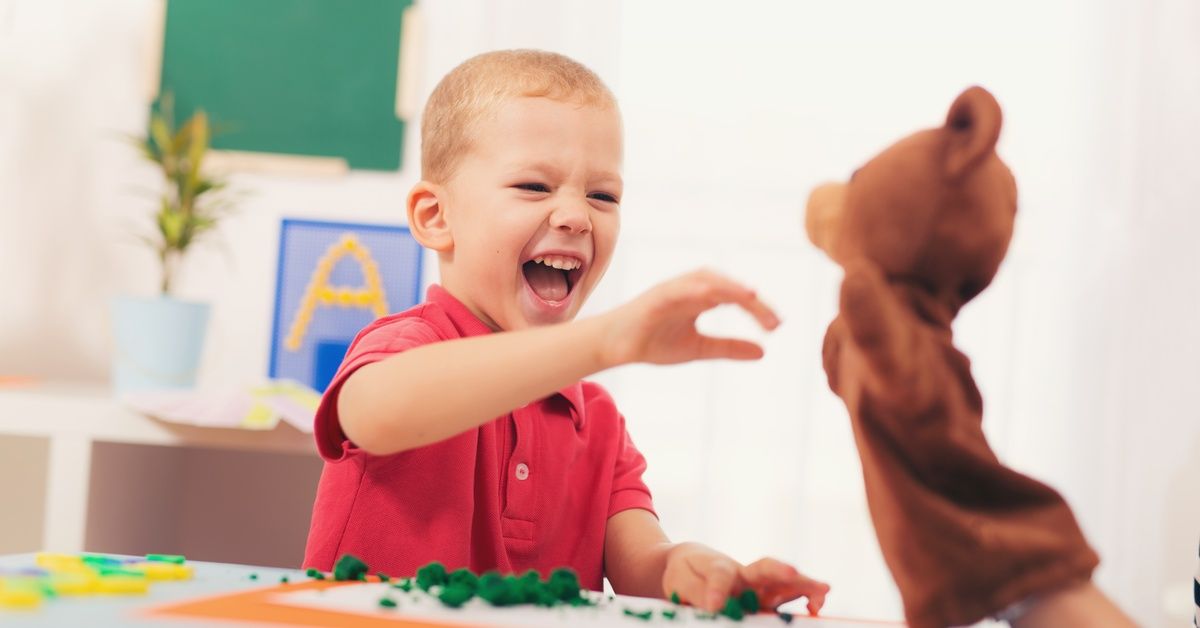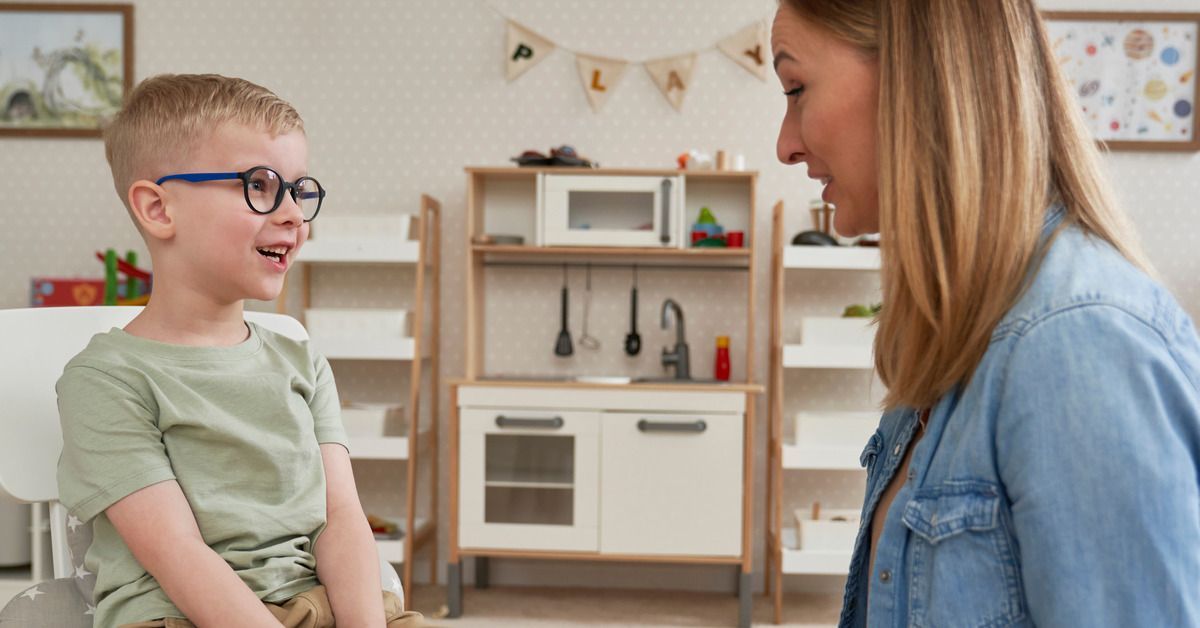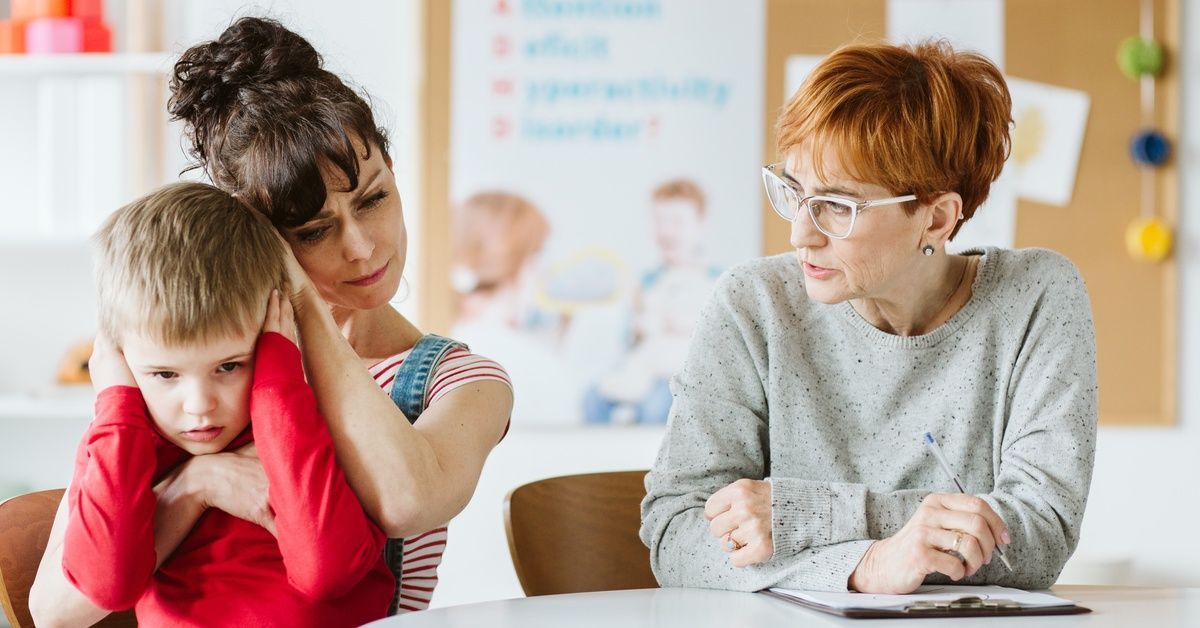5 Common Techniques That Are Used in ABA Therapy
If you have a child with autism or work with a child who has autism, you’ve probably heard about applied behavior analysis (ABA) therapy. ABA therapy is a method of therapy that helps improve or modify specific behaviors and communication skills. This approach also helps improve academic, grooming, and fine motor skills.
ABA therapy can help a child learn how to use these skills in everyday scenarios and situations. Registered behavior technicians who specialize in ABA therapy use a few techniques to help mold these behavior and social skills. Here are five common methods that are used in ABA therapy.
Modeling
Modeling involves one person showing another person what an ideal reaction or behavior looks like. During your child’s therapy sessions, your child’s therapist may use modeling to help them understand the behavior or mood they’re trying to convey.
For example, if the therapist is trying to teach your child how to hold a marker, they will spend time modeling how to position and hold the marker correctly.
Positive Reinforcement
Positive reinforcement means giving someone a reward or praise to encourage them to keep up their good behavior. The rewards or praises need to be followed up by good behavior so that the child will associate the positive reinforcement with good conduct, thus increasing the rewarded behavior.
Discrete Trial Training (DTT)
Discrete trial training (DTT) is one of the most popular teaching strategies in ABA therapy. This teaching method involves breaking down skills or lessons into small elements. The therapist will introduce each task component to your child one at a time. Your child will then get positive reinforcement after every step they do correctly.
Pivotal Response Training
Pivotal response training (PRT) is an alternative to ABA therapy that’s based on the idea that key behaviors can trigger other behaviors. Therapists using PRT focus on these key behaviors instead of looking at specific actions. PRT is often done through social engagements or gameplay.
Picture Exchange Communications Teaching
Young children in ABA therapy typically struggle with expressing their feelings and desires. Picture exchange communications training is an ABA technique that uses cards with graphics that convey everyday situations and terms. This helps children who struggle with communicating, as they can point to the picture and learn words over time.
Overall, ABA therapy is a flexible treatment with many methods and techniques to help children strive toward positive behaviors and improve communication skills. HANDS Center for Autism offers center-based ABA therapy in North Carolina. Our team is dedicated to helping every child improve their skills and supporting parents along the way.







